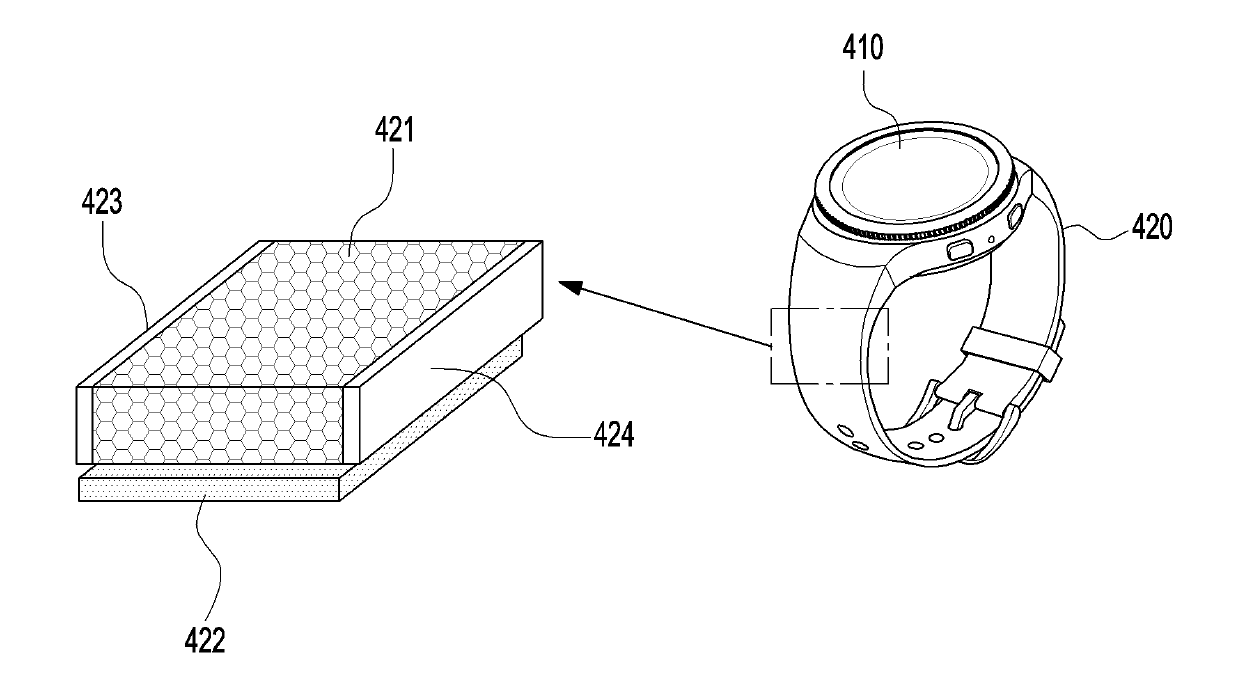Going Solar
With average use a decent smartwatch like the Samsung (005930.KS) Galaxy Watch 4 should last two days on a charge, but using the watch during an hour at the gym, keeping notifications on, and tracking your sleep will bring that down to an hour or two over 1 day. Even with fast charging that means over an hour when your watch is charging, and if you have an early magnetic charger model, which will likely fall off at least once during the charge, it could take many hours, which defeats the purpose of a watch that is also a body function tracker.
Samsung seems to have approached the battery life problem a little differently in a recently published US patent Office application that charges a smartwatch battery via solar cells built into a polymer device called a “Luminescent Solar Concentrator” that is part of the watch wristband. The problem with using solar cells to charge anything is they need to be as close as possible to the direction of the light source (“incident to”) to produce enough energy to make a difference. While stationary solar cells can be positioned to receive as much direct light as possible, a smartwatch is going to be moving at almost all times and will never be in the best position to produce power.
This is where the LSC comes it as it is a polymer containing quantum dots with solar cells attached on the sides and bottom. Light entering the top will be coming from a number of different angles, with only some of the light incident to the solar cells. The quantum dots will absorb the light that is not incident to the solar cells and re-emit the light in a direction that is incident to the solar cells, therefore capturing light that might have been too weak to power the cells. Taking it a bit further, the solar cells can be designed to be sensitive to a particular frequency of light (color) so one cell could be sensitive to warm (yellow) light while another cold (blue) light, allowing the watch to be charged under almost any lighting circumstances.
As always with patents, there is no guarantee that the technology in the patent will ever be used commercially, however the idea in a lesser form (no quantum dots) with little success. Perhaps this new iteration might reduce the need to charge as often and make smartwatches not only helpful but also ‘green’. We will keep an eye open for any hints toward the Samsung Galaxy Watch 5 due out next May.


 RSS Feed
RSS Feed